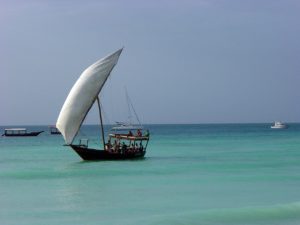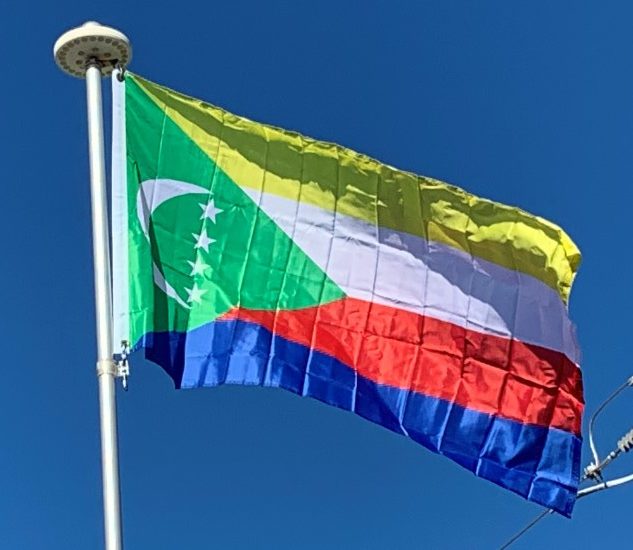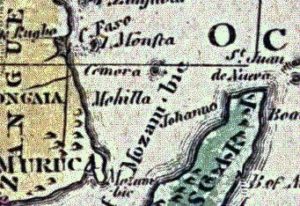
The Comoros served as a way station for merchants sailing to the Far East and India until the opening of the Suez Canal significantly reduced traffic passing through the Mozambique Channel. The native commodities exported by the Comoros were coconuts, cattle and tortoiseshell. French settlers, French-owned companies, and wealthy Arab merchants established a plantation-based economy that used about one-third of the land for export crops. After its annexation, France converted Mayotte into a sugar plantation colony. The other islands were soon transformed as well, and the major crops of ylang-ylang, vanilla, coffee, cocoa beans, and sisal were introduced.
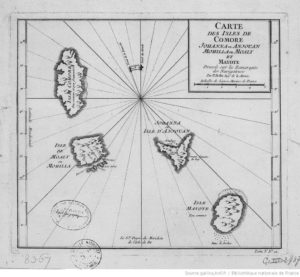
In 1886, Mohéli was placed under French protection by its Sultan Mardjani Abdou Cheikh. That same year, despite having no authority to do so, Sultan Said Ali of Bambao, one of the sultanates on Ngazidja, placed the island under French protection in exchange for French support of his claim to the entire island, which he retained until his abdication in 1910. In 1908 the islands were unified under a single administration (Colonie de Mayotte et dépendances) and placed under the authority of the French colonial governor general of Madagascar. In 1909, Sultan Said Muhamed of Anjouan abdicated in favour of French rule. In 1912 the colony and the protectorates were abolished and the islands became a province of the colony of Madagascar.
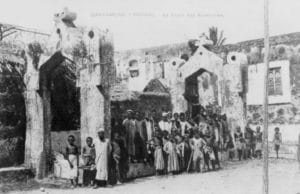
Agreement was reached with France in 1973 for the Comoros to become independent in 1978. The deputies of Mayotte abstained. Referendums were held on all four of the islands. Three voted for independence by large margins, while Mayotte voted against, and remains under French administration. On 6 July 1975, however, the Comorian parliament passed a unilateral resolution declaring independence. Ahmed Abdallah proclaimed the independence of the Comorian State (État comorien; دولة القمر) and became its first president.
Independence (1975):
The next 30 years were a period of political turmoil. On 3 August 1975, less than one month after independence, president Ahmed Abdallah was removed from office in an armed coup and replaced with United National Front of the Comoros (FNUK) member Prince Said Mohamed Jaffar. Months later, in January 1976, Jaffar was ousted in favour of his Minister of Defense Ali Soilih.
At this time, the population of Mayotte voted against independence from France in two referenda. The first, held on 22 December 1974, won 63.8% support for maintaining ties with France, while the second, held in February 1976, confirmed that vote with an overwhelming 99.4%. The three remaining islands, ruled by President Soilih, instituted a number of socialist and isolationist policies that soon strained relations with France. On 13 May 1978, Bob Denard returned to overthrow President Soilih and reinstate Abdallah with the support of the French, Rhodesian and South African governments. During Soilih’s brief rule, he faced seven additional coup attempts until he was finally forced from office and killed.
